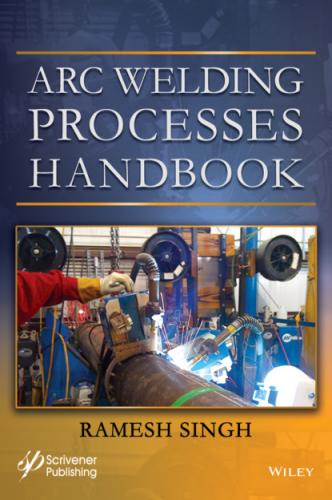Figure 2.9.1 A typical hand-held welding shield
Figure 2.9.2 Miller Digital Elite helmet
Figure 2.9.3 A typical welding helmet
Figure 2.10.2 Portfolio of SMAW electrodes
Figure 2.10.3 AWS electrode classification method
Figure 2.10.5.1 Shop use electrode drying oven
Figure 2.10.5.2 Portable electrode holder also called quivers
Figure 2.11.1 Different types of weld joints
Figure 2.11.2 Different types of weld designs
Figure 2.11.3.1 Testing a fillet weld
Figure 2.11.3.2 Testing a fillet weld using a hammer
Figure 2.11.3.3 Size and nomenclature of fillet weld
Figure 2.11.3.4 A single pass fillet weld
Figure 2.11.3.6 A multi-passes fillet weld-note the termination of arc start and stops are staggered
Figure 2.11.4.1 Weld appearances matched with arc current, and arc travel speed
Figure 2.11.4.2 Pictures of the weld appearances and probable cause for the quality of weld produced
Figure 2.11.5.1 Offsetting the weld setup for distortion control
Figure 2.11.11 A heavy-duty rotator
Figure 2.11.12 Weld tacks bridging two pieces of pipe
Figure 2.11.13 Shows a removable tack
Figure 2.11.15 Typical CS pipe weld
Figure 2.11.10.1 Bevel edge preparation for vertical-up pipe in 6G position
Figure 2.11.10.2 The vertical up progression – note the direction of electrode movement
Figure 2.11.11.1 Vertical down progression
Figure 2.11.11.2 Weld profile of each pass
Figure 2.11.11.3 The sketch above shows a typical weld layers of several passes - note the sequencing numbers on each pass
Figure 2.12.6 Aluminum fillet weld-bend testing
Figure 2.12.12 Typical stainless-steel pipe weld, and weld-o-let on the header
Figure 2.12.13 Pipe is assembled and prior to welding, the welder is tacking them with the GTAW process
Figure 2.12.18 Schaeffler diagram
Figure 2.12.19 DeLong diagram
Figure 2.14 Nickel alloy plate being welded
Figure 2.1 Nickel is in 10th group and 4th period in the periodic table, its atomic number is
Figure 2.14.2 Typical nickel welding electrodes – note the electrode identification making on the electrode
Figure 2.14.3 Nickel alloy welding (note the fillet weld in upward progression)
Figure 3.3.1 Typical GTAW welding
Figure 3.3.2 A GTAW welder, note the welding torch, and the filler wire in each hand
Figure 3.4.1 Typical GTAW welding process with details of the welding torch
Figure 3.5.1 A typical GTAW set-up with positions of gas cylinder, welding machine, electrode holder and work-piece
Figure 3.5.2 The cleaning process by the current cycle
Figure 3.5.3 High and low frequency currents in pulsing
